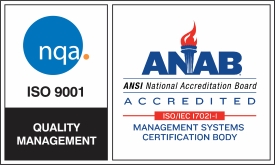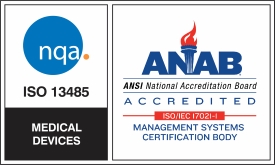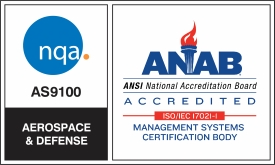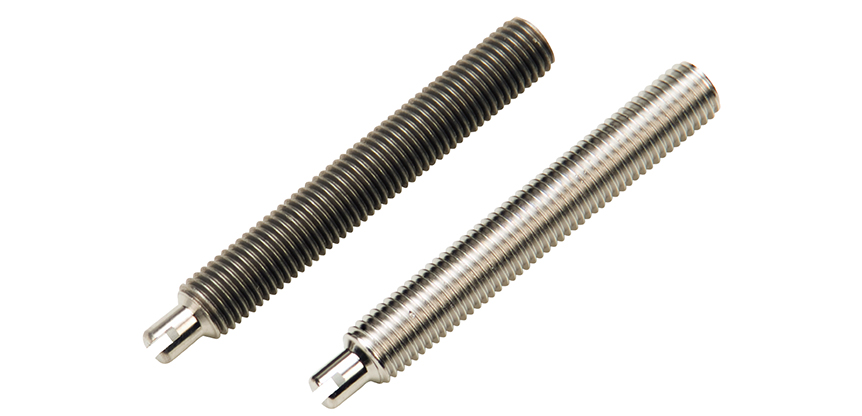Since electropolishing is a metal removal process that occurs after machining, engineers sometimes ask, “Will electropolishing destroy my threads?” The answer is no, as long as the process is performed correctly. Oftentimes threads are actually improved after electropolishing.
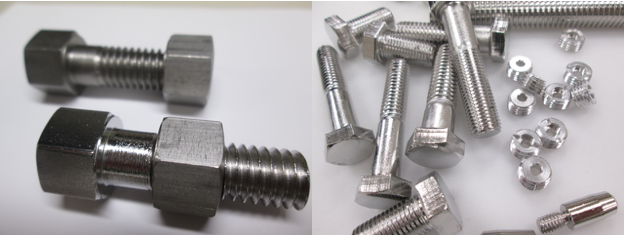
Why Deburr Parts?
For applications that require exceptional precision and cleanliness, any displaced metal can cause critical and potentially hazardous situations. In the food industry, for example, small flecks of metal that flake off and end up in product can be a health hazard. For surgical tools, rough edges could cause internal damage to a patient or become a biohazard. Components used in critical assemblies such as those in commercial aircraft can also pose a serious threat if parts are faulty or have a propensity to fail prematurely.
Why Electropolishing Is Well Suited for Threaded Parts
Electropolishing is rectified current applied to metal parts in an electrolytic bath. Until the power is turned on, there is no electropolishing action while the parts are submerged; and when turned off, the electropolishing action stops, allowing precise control over metal removal.
While electropolishing does attack the microscopic high points of a surface more aggressively, the material removal will generally conform to the shape of the part. Threads will not be leveled, although micro-burrs on an edge of a thread may be removed.
The Benefits of Electropolishing Threaded Parts
There are many benefits to electropolishing threaded parts. Oftentimes electropolishing is industry/application driven and primary goals include achieving a uniform clean looking appearance and improved corrosion resistance. By electropolishing threaded parts, customers often reap multiple benefits, beyond the fact that the parts have a more finished appearance and will stand up to corrosion for longer periods of time, the electropolished parts are smoother and function better in their intended application.
Successful Finishing of Threaded Parts
Not only can electropolishing sometimes be an option for deburring parts, this process has also been used to salvage parts damaged during tumbling. In the case of the screws pictured, the customer was in a bind with 4,000 damaged screws that would not thread properly after trying to deburr the threads via vibratory finishing. The customer sent a nut along with the parts so we could check the threads on the sample run. With .001 inch total stock removal from overall diameter the nut threaded all the way on, freely.
Finishing for Your Threaded Parts
Able Elelectropolishing processes threaded parts of all materials, shapes and sizes on a weekly if not daily basis. We see parts as simple as nuts bolts and screws to more precisely machined parts that may have tight tolerances and finer internal or external threads that need to be maintained. The key is working with your Able Account Manager to determine the proper amount of material removal, rack location, etc. for your particular part. This is typically accomplished by sending samples prior to production in order for us to dial in the process. All sample runs are documented and once the process is approved, it is easily repeated in production. Able is accustomed to using customer Go/No-Go thread gages to monitor threads as well.
